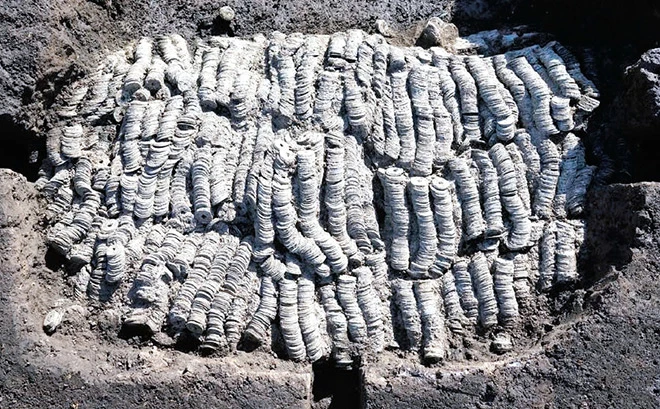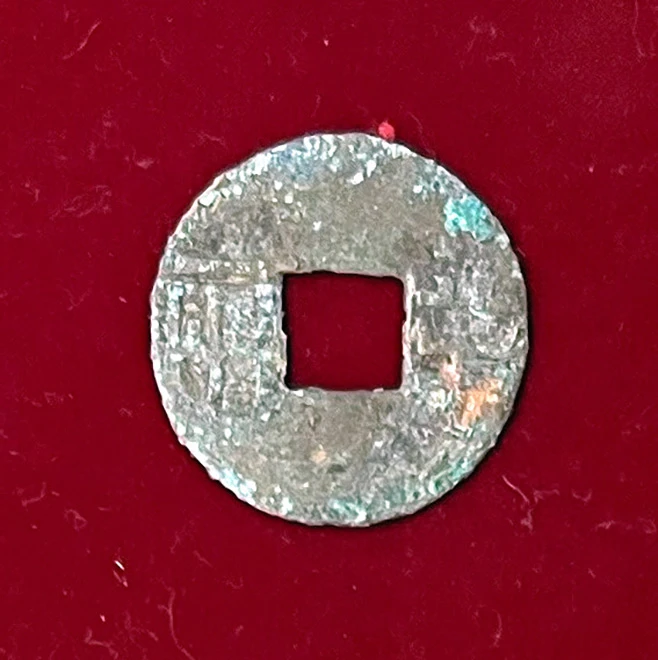A remarkable discovery has come to light during an excavation in Maebashi City, Japan. Archaeologists at the Sosha Village East 03 archaeological site, prompted by the construction of a new factory, stumbled upon a hidden treasure trove – a cache of over 100,000 ancient coins.
This unearthed collection transcends mere quantity. Among the coins are some of Chinese origin, dating back over 2,000 years. These include the “Ban Liang,” a significant artifact as it represents China’s first unified currency, minted in 175 BC. Further analysis revealed a staggering variety of 44 different currency types, spanning a period from China’s Western Han Dynasty to the Southern Song Dynasty (roughly 206 BC to 1279 AD).
The meticulous organization of this hidden wealth adds another layer of intrigue. The coins were discovered bundled together in groups of around 100, secured with traditional straw cords known as “sashi.” The sheer number of bundles – 1,060 in total – suggests a meticulously planned operation. Some bundles even contained evidence of ten individual sashi clusters, hinting at the possibility of a larger, organized monetary system.
The location of the find also sparks curiosity. Unearthed near opulent residences of medieval Japan’s elite, the theory emerges that these coins were buried for safekeeping during a period of impending conflict. The turbulent Kamakura period (1185-1333) is a strong contender for the time of concealment, with the most recent coin in the collection dating to 1265 AD.

The unearthed coins, along with 334 already examined, showcase a diverse range of denominations and origins. The oldest, the aforementioned “Ban Liang,” boasts a distinct design – a 2.3-centimeter diameter with a central square hole and inscriptions on either side.
This discovery isn’t just about the coins themselves; it sheds light on past economic practices and historical events. The presence of Chinese currency hints at potential trade links and economic exchange between the two regions. Furthermore, the sheer volume of coins suggests a level of wealth and sophistication in the area during the period.

The archaeological significance of the Sosha Village East 03 site extends beyond this coin hoard. Encompassing roughly one kilometer, the area includes significant historical landmarks like the Sosha burial mounds, the San’o Temple Ruins, and the Ueno Kokubunji Temple. This rich tapestry of archaeological finds paints a vivid picture of the region’s role as a center of activity from the late Kofun period to the Ritsuryo period.
To celebrate this incredible discovery, a special exhibition showcasing the unearthed artifacts, including the coin hoard, is currently underway at the “Newly Excavated Cultural Artifacts Exhibition 2023” in Maebashi City’s Otemachi district. This free public event offers a unique opportunity to witness these historical treasures firsthand.
